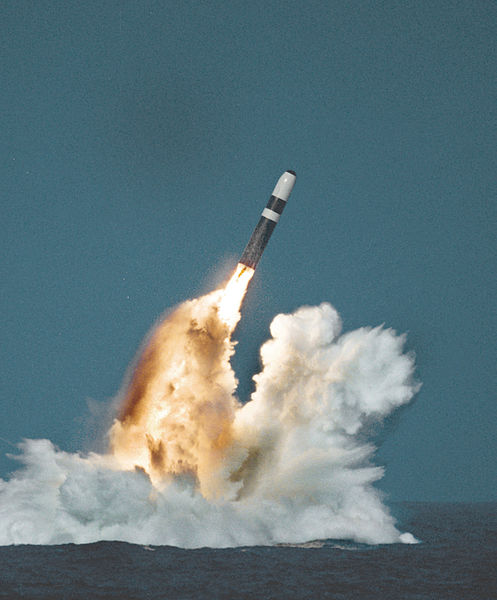
HASC and the NDAA: New Barriers to Safely Reducing the US’s Nuclear Arsenal
Last week the House Armed Services Committee produced their final Committee markup of the FY13 National Defense Authorization Act. The bill should go to the House floor for final passage sometime later this month. Included in the bill are some sections that limit the ability of the president to safely reduce, pursuant to the New START Treaty signed with Russia last year, the strategic nuclear forces of the United States.
These sections also unnecessarily tie in nuclear weapons reductions with funding for the Chemistry and Metallurgy Re-Processing Facility (CMRR). This facility that delayed in the Administration’s budget request because of budget restraints established the Budget Control Act and because at this time it is not necessary to the continued sustainment and procurement of nuclear weapons.
Section 1053 establishes that the President would be prohibited from reducing the amount of nuclear weapons in the U.S. arsenal if funding for modernization programs is not at or above the level set out in section 1251 of FY10 NDAA. It would not allow nuclear weapons reductions to continue unless the President restored funding. This is almost completely unworkable as it relies on two year old estimates to set funding guidelines for a multi-year project. What if the actual amount of funding is lower than what is estimated in the FY10 NDAA? It looks like the President will have to fund it at its estimated level, possibly missing out on cost savings in the long run.
Sections 1056 and 1057 further attempts to prevent the President from safely reducing our nuclear weapons levels pursuant to the New START treaty. Section 1056 makes the President certify that reductions will not place the U.S. strategic force below that of Russia. If it is smaller than Russia’s it requires the STRATCOM commander to issue a report of the strategic imbalance and 180 days has elapsed. This again attempts to restrain the President from reducing our strategic weapons and is superfluous since the Russians have consistently had a lower number of weapons than the U.S.
Section 1057 prevents funding for nuclear weapons reductions unless the President issues a report on foreign nuclear weapons programs and the STRATCOM commander certifies on whether the reductions will have implications for U.S. national security.
Finally, Section 1058 requires the President to certify that the CMRR facility will be built by 2021 and operational by 2024. If the President cannot, then no funding for reducing the number of non-deployed warheads will be provided. Yet because of the Budget Control Act of 2011, construction of the CMRR was put on hold for five years after the NNSA felt existing facilities were adequate for the current mission.






[…] Gold: HASC and the NDAA: New Barriers to Safely Reducing the US’s Nuclear Arsenal […]
[…] HASC and the NDAA – American Security ProjectMay 14, 2012 … In the new NDAA the HASC limits the ability of the president to … also unnecessarily tie in nuclear weapons reductions with funding for the … […]